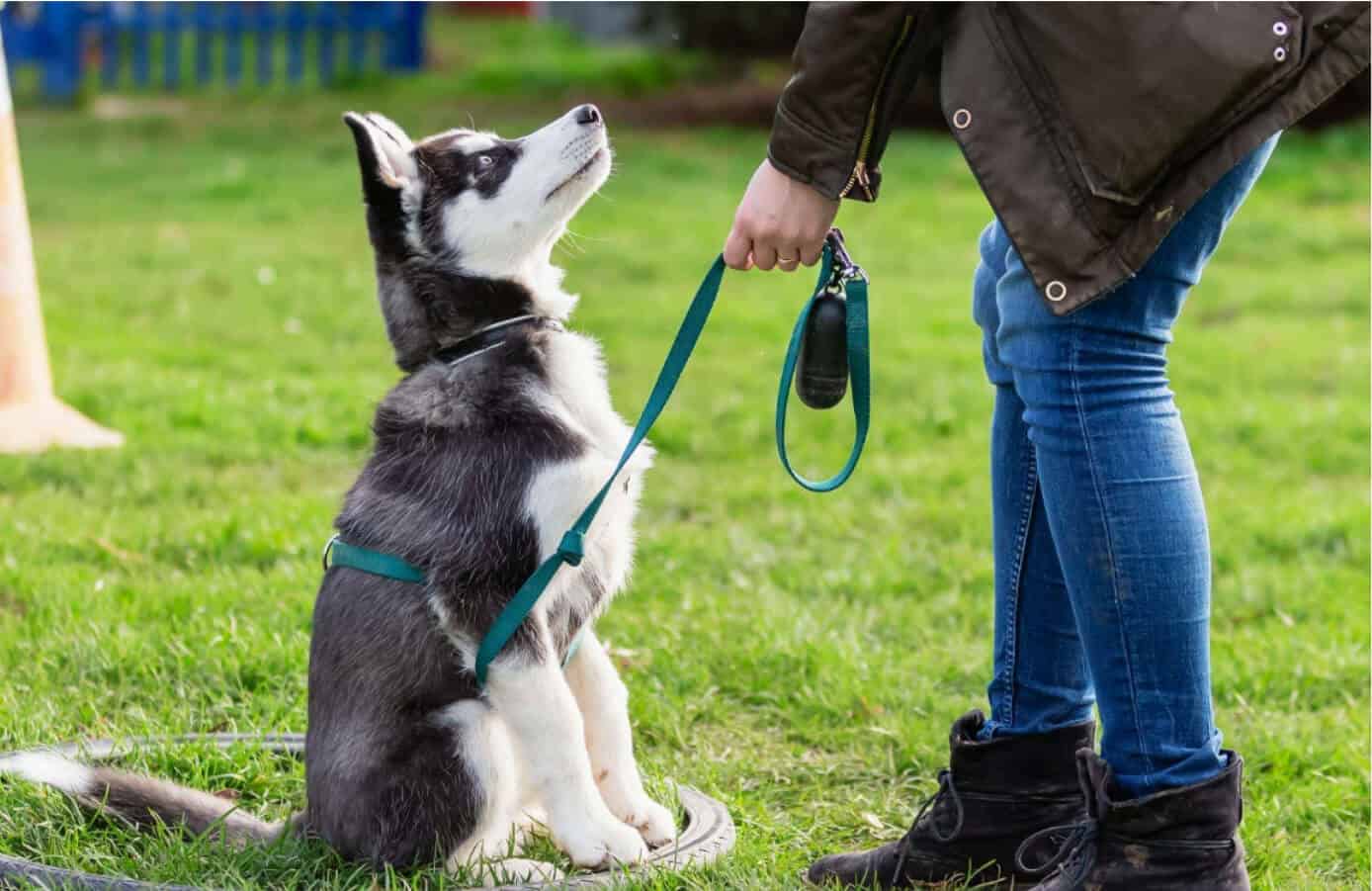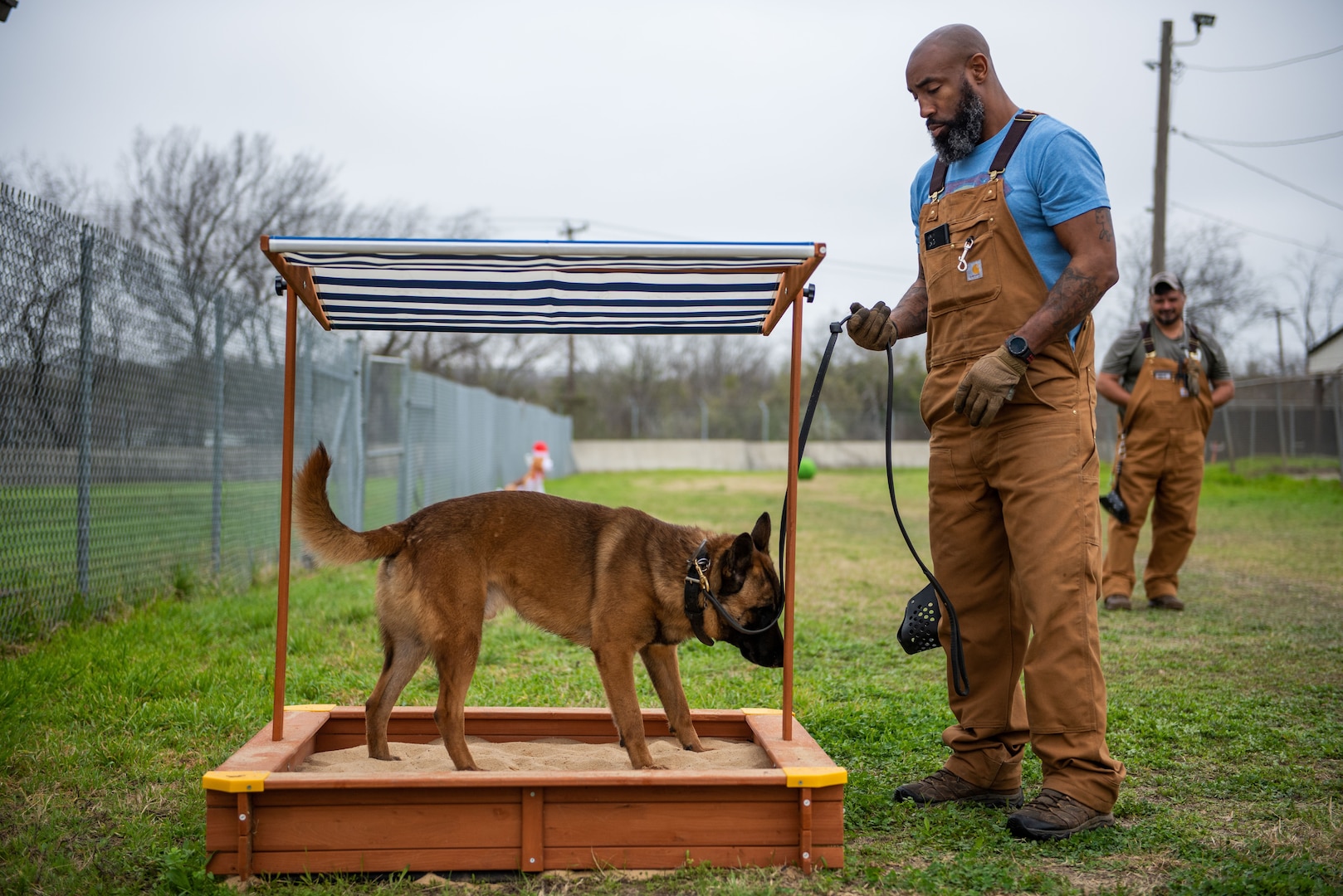Canine obedience training solutions for obedience.
Canine obedience training solutions for obedience.
Blog Article
Top Pet Training Tips for a Well-Behaved Friend
Educating your dog to be a well-behaved companion needs a nuanced understanding of canine habits and the application of reliable approaches. The trip to a well-mannered animal entails more than just these basics; it demands a deeper expedition of methods that can change your training technique.
Recognizing Canine Habits
Recognizing canine behavior is essential for effective dog training and promoting a harmonious connection between canines and their proprietors. Canines are intricate creatures, displaying a wide variety of habits affected by genes, atmosphere, and socialization. Recognizing the underlying motivations for a dog's activities-- such as anxiety, excitement, or territorial reactions-- can substantially boost training effectiveness.
Observing body language is a crucial aspect of recognizing canine behavior. Tail setting, ear alignment, and pose can give valuable understandings into a pet dog's emotion. A wagging tail does not always indicate joy; it can additionally represent frustration or stress and anxiety. Social communications with various other pets and humans play an important duty in shaping habits. Pets that experience positive socialization are usually much more adaptable and genteel.

Important Training Commands
Understanding necessary training commands is crucial for establishing effective interaction between pets and their proprietors. These commands offer as the structure for a mannerly pet dog and can significantly improve the general connection in between family pet and owner.
Key commands consist of "Sit," "Stay," "Come," "Down," and "Heel." The command "Sit" is typically the very first shown, as it encourages peace and emphasis. "Remain" enhances a canine's ability to continue to be in one position, advertising self-discipline. "Come" is vital for safety and security, making sure that your pet returns to you when called. "Down" advises your dog to relax, which can assist in managing excited actions. Dog training near me. Lastly, "Heel" instructs your dog to stroll together with you, fostering far better leash manners.
Uniformity and quality in command distribution are vital. Each command needs to be combined with a particular hand signal or gesture to enhance understanding. Exercising these commands in various settings aids pet dogs generalize their training and respond properly, despite interruptions. By investing time in showing these crucial commands, owners can grow a harmonious and considerate connection with their canine companions, improving both security and pleasure in day-to-day communications.
Positive Reinforcement Techniques
Favorable support strategies are vital approaches in canine training that concentrate on rewarding desired behaviors to encourage i was reading this their reappearance. This method leverages the all-natural knowing processes of dogs, allowing them to connect specific activities with favorable results. By utilizing treats, appreciation, or play as incentives, instructors can effectively motivate canines to duplicate the actions they intend to reinforce.
To apply favorable reinforcement, it is critical to provide incentives promptly after the preferred behavior takes place. This assists the pet dog make a clear link in between their action and the incentive. Consistency is also crucial; rewards should be provided each time the wanted behavior is exhibited during the initial training stage, progressively transitioning to a variable timetable as the actions comes to be much more reliable.
Comprehending your canine's choices can enhance the training experience. Eventually, favorable support fosters a relying on connection between the pet and owner, making training a more enjoyable and effective process that constructs a well-behaved friend.

Socialization Techniques
Efficient socializing techniques are essential for a dog's growth, as they help develop a well-shaped and certain buddy. Very early exposure to various environments, individuals, and other animals is necessary to prevent behavioral problems in their adult years. Begin this procedure during the critical socializing period, which normally happens between 3 and fourteen weeks of age.
Introduce your puppy to diverse stimuli, such as various surface areas, sounds, and smells. Regulated encounters with other dogs and pleasant human beings can cultivate positive organizations. Young puppy classes are an outstanding resource, supplying structured environments for social interaction and finding out standard commands.
Progressively raise the intricacy of socialization experiences. Take your pet to parks, pet-friendly shops, and public occasions, making certain each encounter is positive. Observe your pet dog's reactions and eliminate them from frustrating scenarios to avoid fear-based actions.
Make use of positive reinforcement to award tranquil and positive behavior during social communications. Bear in mind, persistence is crucial; each pet has its very own pace for readjusting to Full Article new experiences.
Uniformity and Routine
Developing consistency and regimen in canine training is vital for promoting a sense of security and understanding in your animal. Canines flourish on predictability; understanding what to anticipate aids them feel risk-free and decreases stress and anxiety.
Integrating an organized regimen right into your training sessions likewise improves your pet's understanding experience - Dog training near me. Arrange everyday training sessions at the same time each day, guaranteeing that both you and your pet dog are emotionally ready. Short, frequent training sessions are much more reliable than long, infrequent ones; purpose for 5 to 10 minutes of focused training multiple times a day
Include visit the site training right into everyday tasks-- reward your pet for sitting prior to meals or walking comfortably on a chain. Generally, a constant method, combined with a structured routine, lays the structure for a mannerly buddy, promoting an unified partnership in between you and your pet.
Final Thought
Finally, efficient canine training counts on recognizing canine habits and executing necessary commands such as "Sit," "Stay," and "Come." Favorable reinforcement techniques offer to encourage desired habits, while very early socialization prepares canines for diverse environments. Establishing consistency and a routine fosters predictability, which contributes to a mannerly friend. By emphasizing these crucial elements, the bond between owner and pet dog reinforces, eventually leading to an unified and meeting connection.
Report this page